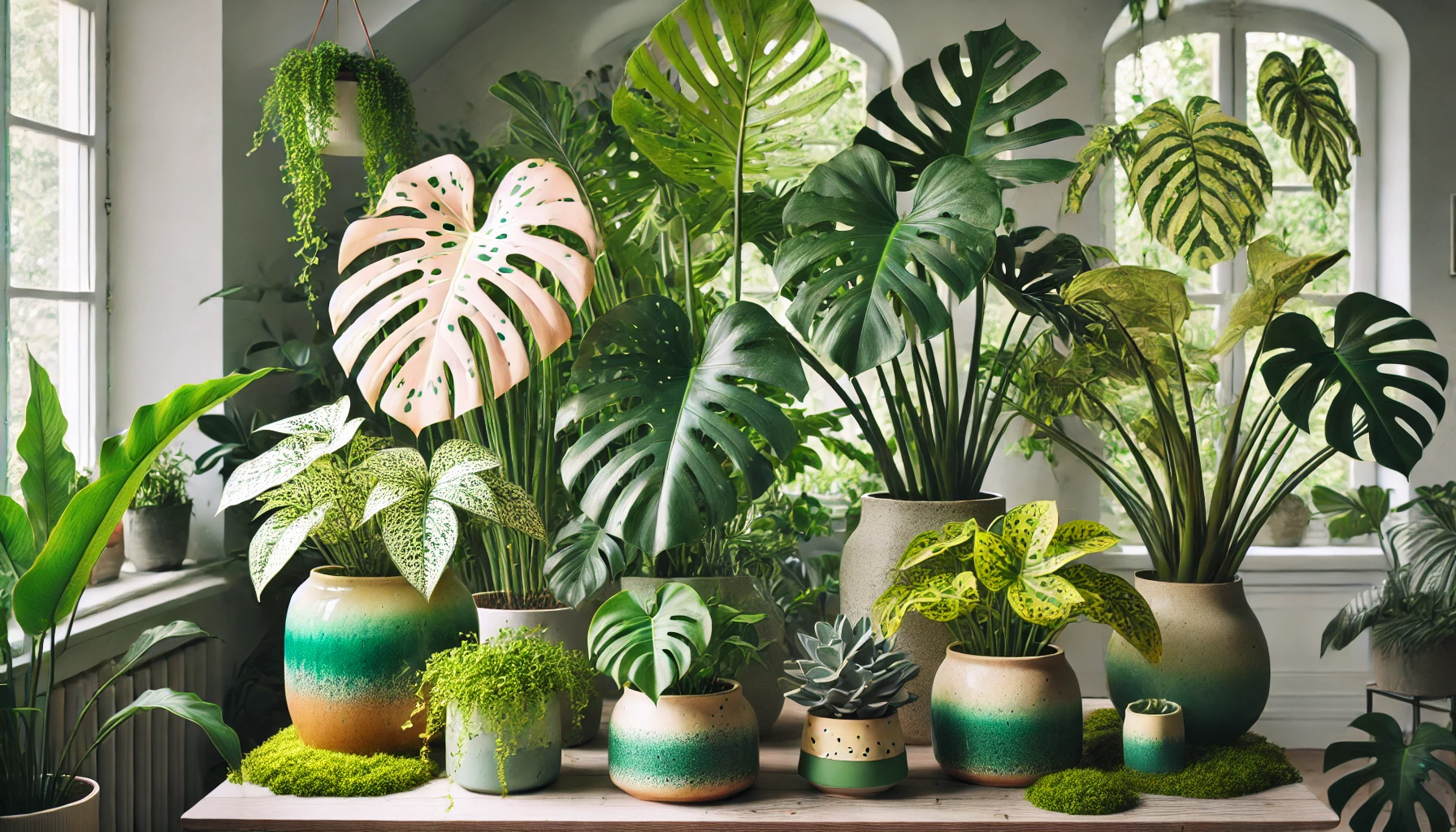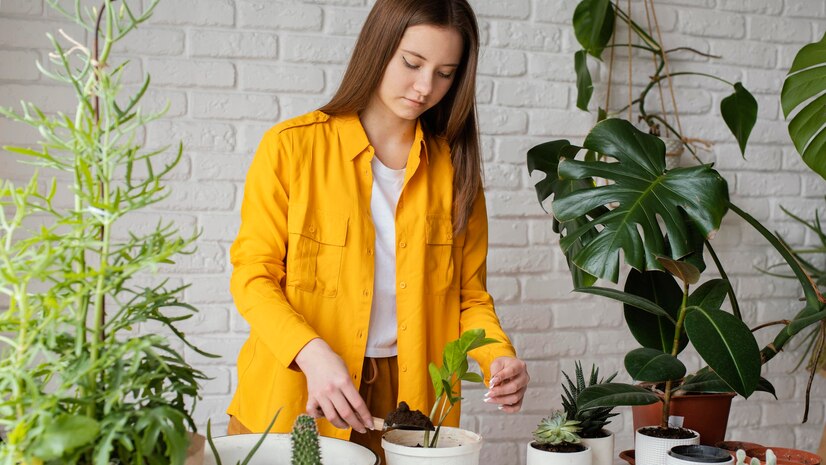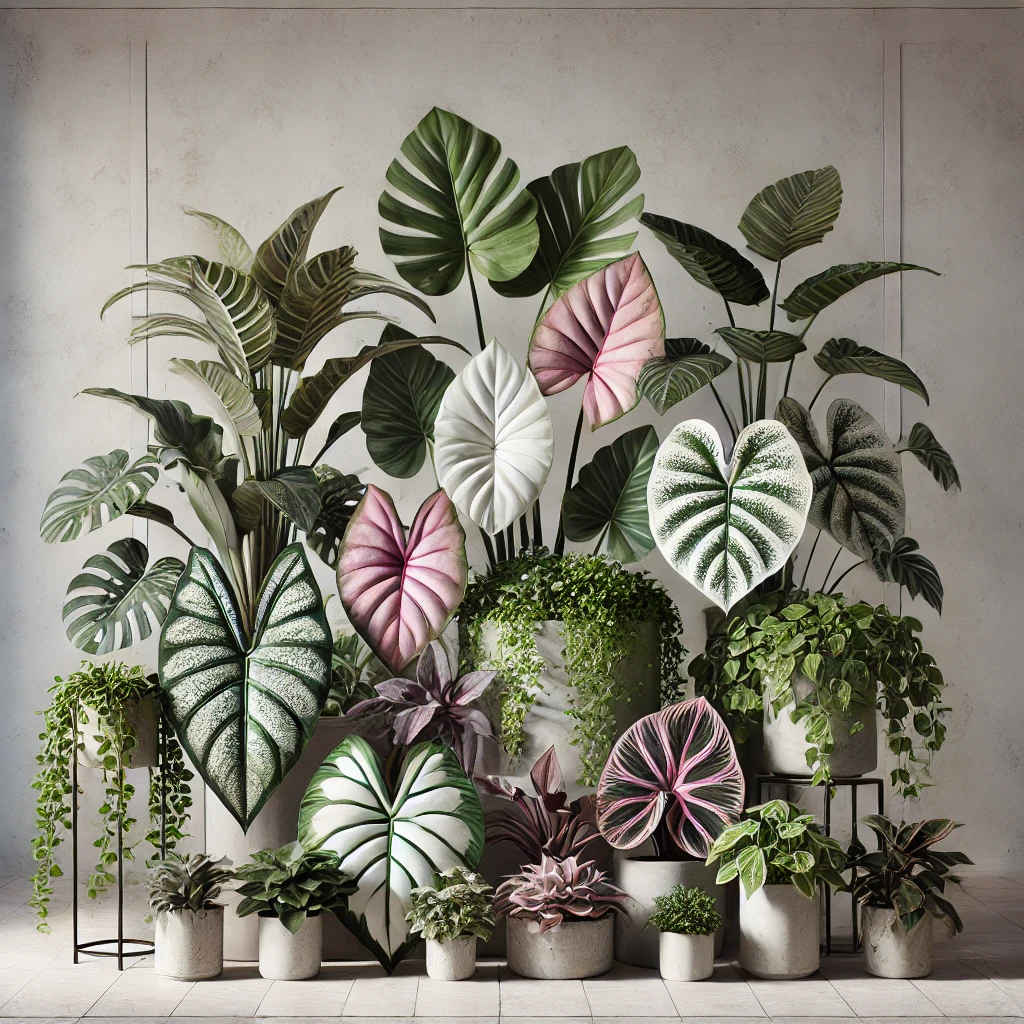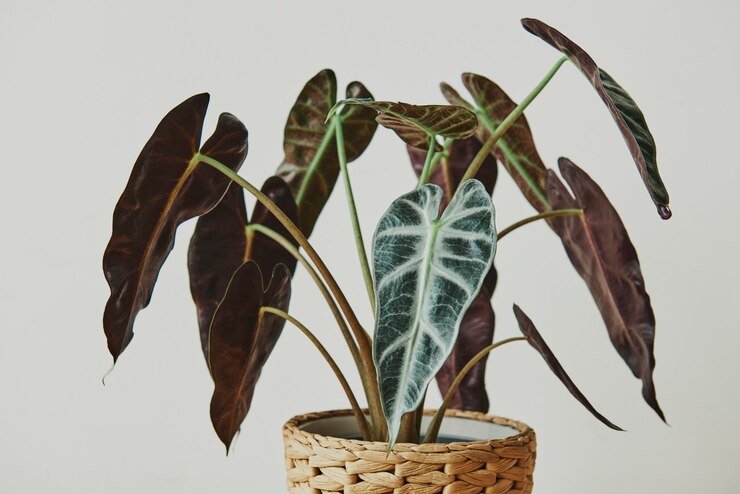But only a few plants will ever prove to be as profitable for the grower or as desirable for the collector as Monstera. In simple terms, Monstera plants can make any place feel like the jungle indoors, with peculiar shapes of leaves and striking looks.
While Monstera species, like Monstera deliciosa, are pretty popular, there exists a full world of the rarest Monstera varieties-impressing by their uncommon features.
We will talk about the most interesting rare species of Monstera, touch upon really popular sorts like Variegated Monstera Albo and Monstera Thai Constellation, and give some advice on caring for such valuable plants.
What makes the rare varieties of Monstera unique?
The more rare types of Monstera have unusual features: variegation on the leaf, a strange shape, or an uncommonly grown habit. That is partly because propagation and growth to maturity are often quite difficult, or actually the genetic mutation that makes each plant different.
The charm of the rare species of Monstera extends far beyond their physical appearance: owning such a plant is evidence of commitment and passion for collectors who enjoy their unique nature and nurture them with great care.
Most Astonishing Rare Monstera Varieties
Monstera Albo -Monstera deliciosa ‘Albo Variegata
Of all the rare species of Monstera, few are known as well as the Monstera Albo. This plant beauty offers striking white variegation against the deep green of the leaves. These whites show up to anything from small speckles to large swaths covering whole parts of the leaf.
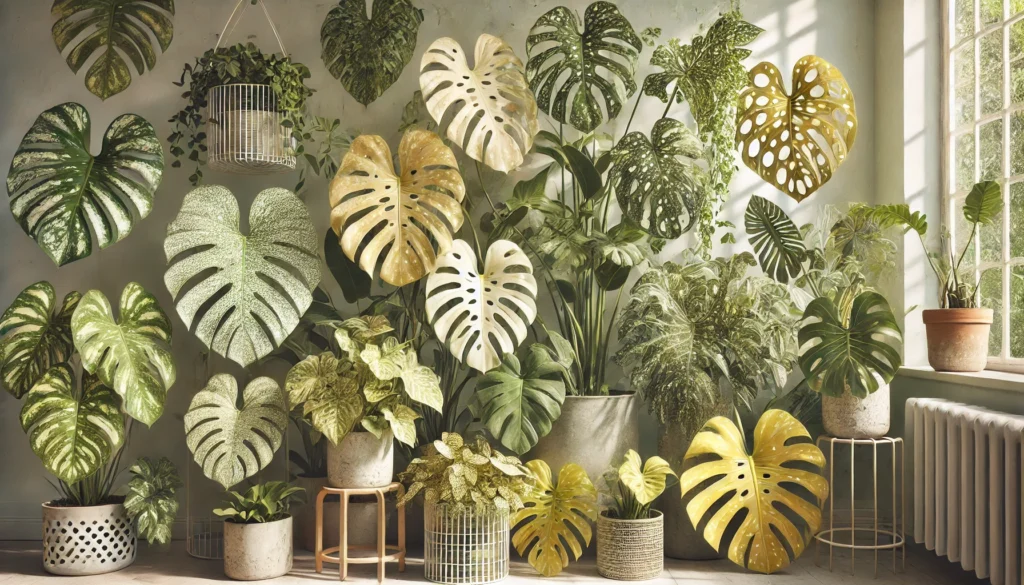
Why It’s Special: Variegation on Monstera Albo takes place because of a natural genetic mutation, making each leaf different, really unique, with no other plant exactly the same. But the thing is, the white parts of the leaves lack chlorophyll, making the growth of the plant a bit slower and more sensitive to every nuance in care.
Care Tips:
- Light: It likes bright, indirect lights. Too much light burns the white parts of the plant, and too little light causes the plant to lose the variegation.
- Water: Allow the top inch of soil to dry between each watering. Overwatering is likely to lead to root decay that has been very common with variegated Monstera.
- Humidity: High humidity is favorable, averaging 60% and above to maintain good health.
Monstera Thai Constellation
Another interesting and rather rare cultivar is the Monstera Thai Constellation, which has also grown in high demand. It got its name from the sprinkled pattern of cream-colored variegation, resembling starry night skies. Unlike the Monstera Albo, the Thai Constellation is a plant tissue culture; thus, a more stable variegation is achieved.
Special why: The variegation always looks fantastic on this plant. Monstera Thai Constellation doesn’t as often revert to just being a plain all-green plant like many other Monsteras do, and it grows a little bit faster than many of the variegated Monsteras.
Care Tips:
- Light: Bright, indirect light works best to maintain colour and variegation. Not full sun, since it will scorch the leaves.
- Water: Soil should be kept moist at all times but never waterlogged. Drainage by appropriate potting mix can help avoid this.
- Pothos does well in temperatures between 65°F and 80°F or 18°C to 27°C at an elevated level of moisture for its best development.
Monstera Obliqua
Considered the “Holy Grail” of Monstera plants, Monstera Obliqua is usually an extremely rare species with very delicate, lacey leaves full of holes. Many people get this plant confused with Monstera adansonii because of the structure of the leaves, but the leaves of Obliqua are way more perforated and fragile.
Why It’s Special: Very few plants are as rare as Monstera Obliqua due to its slow growth and challenging means of propagation. This variety seems to be pursued by only true Monstera enthusiasts who can provide the most special care.
Care Tips:
- Light: Bright, filtered light, but for a natural dappled forest environment.
- Watering: Keep the soil consistently moist but never waterlogged.
- Humidity: This plant requires very high humidity, over 70%. It does great for either a terrarium or a greenhouse environment.
Monstera Adansonii Variegata
The Variegated Monstera Adansonii, sometimes called the “Swiss Cheese Vine,” is a rather strangely rare variety of Monstera with stunning white or yellow variegations on very long and perforated leaves. This plant’s growth habit is climbing in nature; hence, it would do quite well in a hanging basket or attached to a trellis.
Why it’s unique: Monstera Adansonii Variegata provides that special view of variegation and just adds that fun little touch since it is a hole-filled leaf, rather unlike others.
Care Tips:
- Light: Loves bright indirect lights because direct sunlight burns the variegated portion of the leaves.
- Water: Let it dry a bit between watering. Make sure the pot is well-drained because it will eventually cause root rot.
- Support: Moss pole or trellis to support it for more vigor and show off leaves.
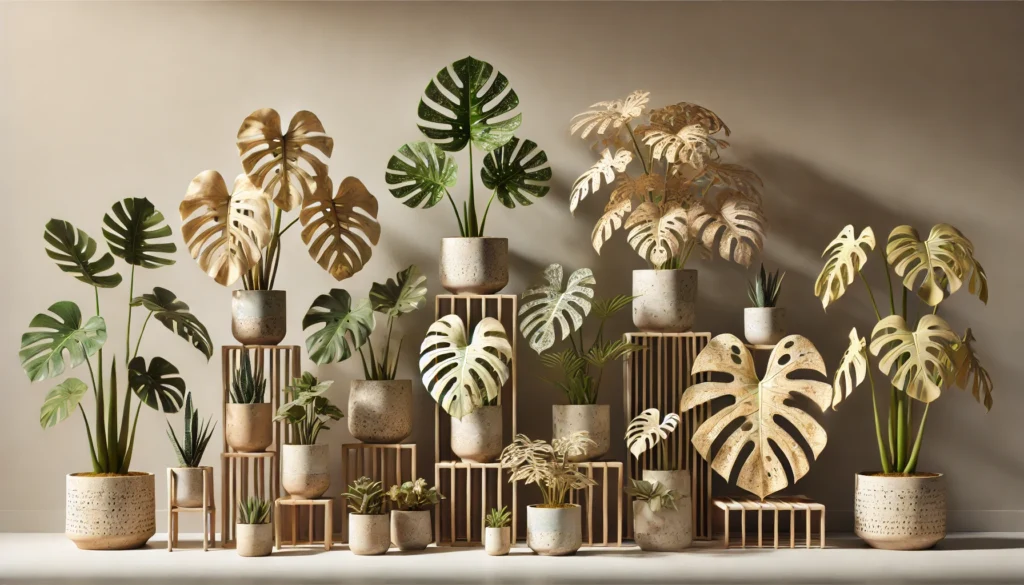
How to look after rare varieties of Monstera
Well, rare varieties are more persnickety with their care than the commonMonsteras. Here’s how to look after your star plants:
- Provide Adequate Light
In general, bright, indirect light is important for the variegation to remain on this rare variegated Monstera. In low-light conditions, it could cause the plant to lose some of its variegations or even slow down in growth. Using shear curtains or placing them in an east-facing window works best. - Minimize the moisture
Most of the rare species of Monstera are from the tropical rainforests; hence, they want high humidity. Keep the humidity above 60%, indoors with a humidifier or on a pebble tray if necessary. - Monitor Water Carefully
Overwatering is probably the most common problem with Monstera owners. Ensure the top inch of the soil has dried out before watering again, and ensure your pot has drainage holes so that water isn’t building up around the roots. - The Right Potting Mix
The growth medium for any form of exotic species of Monstera requires a well-drained, rich growing media. It will do great in a peat-perlite-orquids-barks mix with proper aeration and drainage.
Propagation of Rare Monstera Varieties
Of course, propagation of the rare variety Monstera may be rewarding; it is usually accompanied by several challenges. Here is a general view in the propagation of variegated Monstera plants:
- Choose healthy cuttings – At least one node, with a healthy leaf should be present.
- Plant the Cut Roots in Water or Soil: Plant them in water or well-draining, moist soil mixes.
- Provide Humidity: The rooting process favors high humidity. A clear plastic bag or propagation box provides a mini-greenhouse effect.
- Be Patient: Rooting may take several weeks to months, especially for slow-growing varieties like Monstera Albo.
The Allure of Collecting Rare Varieties of Monstera
Owning rare varieties of Monsteras is not only for the aesthetic view but also involves being part of a network of enthusiasts who appreciate dedication, patience, and proper care for this unusual specimen. Usually, a collector takes pride in knowing each minute detail for his plant and then elaborates on how to make a variety of Monstera thrive.
Conclusion on Rare Monstera Species
Rarity in variegated Monstera species, like Monstera Albo, Monstera Thai Constellation, Monstera Obliqua, and Monstera Adansonii Variegata add more uniqueness to the plants from any collector’s point of view. These plants will make a space not only a thing of beauty but also give the more rewarding feeling associated with the battle of maintaining them.
Whether a professional and advanced plant collector or just starting to grow your collection, investment in the rare species of Monstera will be highly exciting and rewarding; it’s worth a watch as they grow and flourish in the comfort of your home.
